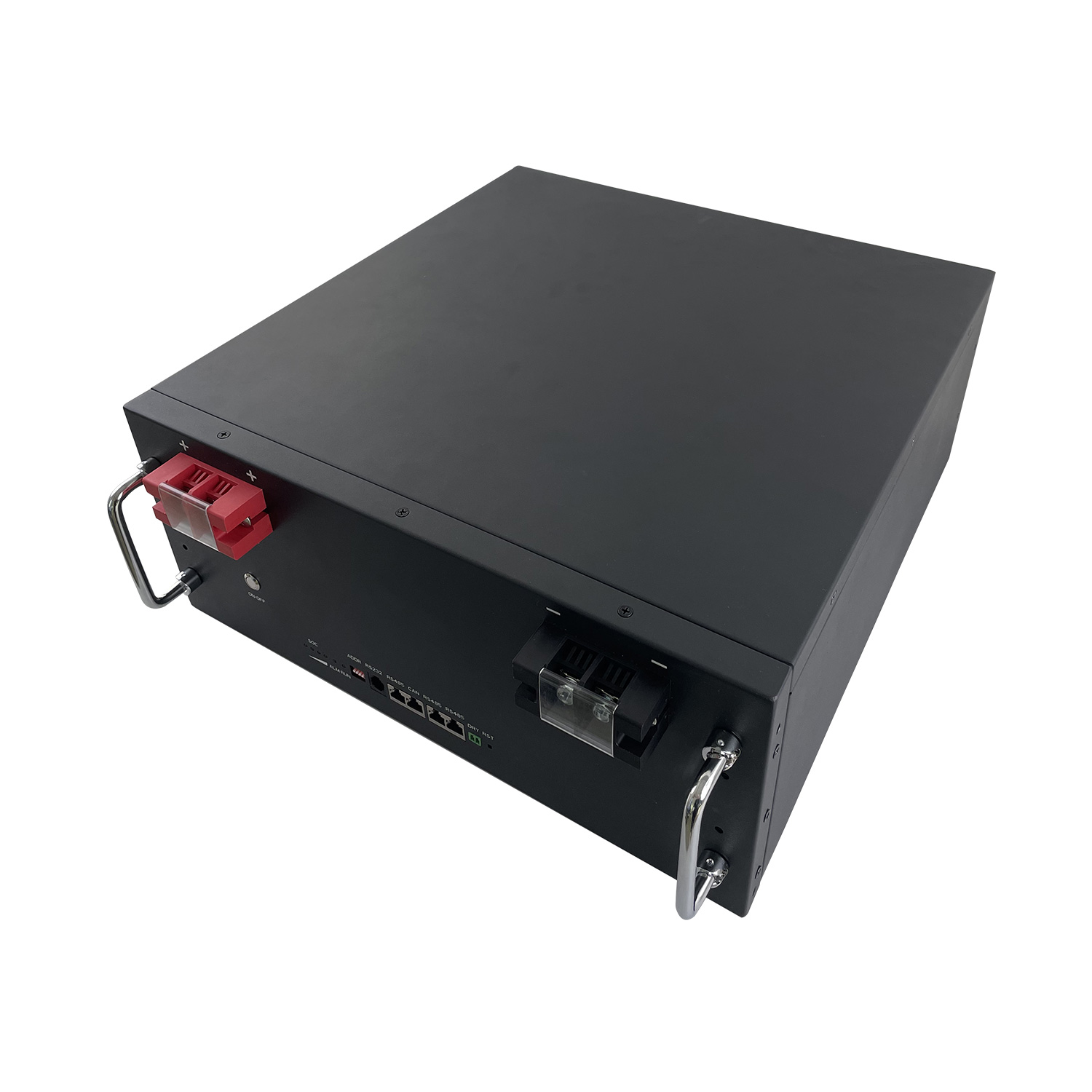NiMH batteries
A Nickel Metal Hybrid (NiMh) battery is a rechargeable battery. It reacts chemically at the positive electrode, similar to what happens in nickel-cadmium batteries. The difference is in the negative electrode, because NiMH batteries use hydrogen-absorbing alloys instead of cadmium. A nickel-metal hybrid battery has two to three times the capacity of an equivalent nickel-cadmium battery of the same size. Its energy density is close to that of lithium-ion batteries.
Nickel-metal hydride batteries are widely used in hybrid vehicles, and a survey conducted in 2008 estimated that more than 2 million hybrid vehicles worldwide use nickel-metal hydride batteries.
In some parts of the world, such as the European Union, nickel-metal hydride batteries have replaced nickel-cadmium batteries in their applications.
In Japan, about 22 percent of all portable rechargeable batteries sold in 2010 were NiMH batteries. However, this percentage has been declining due to rapid technological advancements in the field of lithium-ion batteries.
Lithium Ion Battery
Lithium-ion batteries are used in almost all electronic devices and electric vehicles. Although more expensive than traditional alkaline batteries, lithium-ion batteries have a much longer lifespan.
Lithium-ion batteries are made from so-called batteries. Each of these cells is made up of three parts; a positive electrode, a negative electrode, and a chemical component called an electrolyte between the positive and negative electrodes.
The positive electrode in the battery is designed from lithium cobalt oxide. The negative electrode is designed from graphite. Electrolytes such as oxides and sulfides. The electrolyte must have a long shelf life and provide high mobility for lithium ions. Electrolytes can be liquid, polymer and solid electrolytes.
Lithium-ion batteries have the same working mechanism. When the battery is charged, the lithium cobalt oxide "positive electrode" releases some lithium ions that travel throughout the electrolyte to the negative electrode "graphite" and settle there. During this process, the battery stores energy. After the charging process and during the discharge process; lithium ions again travel from the negative electrode through the electrolyte back to the positive electrode, thereby generating energy to power the devices to which the battery is connected.

Although Li-Ion and NiMH batteries are two types of rechargeable batteries used in similar applications, their chemistries are completely different. Lithium-ion batteries provide nearly three times more power than nickel-metal hydride batteries. Lithium-ion batteries can also operate at higher voltages than NiMH batteries. However, due to the absence of active lithium, NiMH batteries are safer than Li-ion batteries in the event of overcharging.
Both Li-Ion and NiMH batteries require complex chargers. However, they all have different charging philosophies. Lithium-ion batteries have an internal circuit that monitors the charge rate and cuts power if a problem is detected. There are two identical Li-Ion batteries, which is why Li-Ion chargers offer a variety of variable voltages that accumulate changes for each battery.
NiMH chargers lack the safety features required by Li-Ion batteries. This is why chargers for NiMH batteries are different from those for Li-Ion batteries.
Using a NiMH battery charger to charge a Li-Ion battery is extremely dangerous.
Characteristics of NiMH and Li-Ion Batteries
NiMH batteries
NiMH batteries have lower capacity than Li-ion batteries. They do not have any memory effect. Their operating temperature is between -5 and 95 degrees Fahrenheit. Their life cycle is about 500 to 800 cycles. NiMH batteries are safer than lithium-ion batteries, especially if they are overheated and overcharged.
NiMH batteries are more environmentally friendly than NiCd batteries.
Lithium Ion Battery
Unlike conventional batteries, lithium-ion batteries have built-in electronic controls. These controllers regulate how the battery is charged and discharged. These controllers prevent overcharging and overheating that can cause lithium-ion batteries to explode under certain conditions.
During the charging and discharging of lithium-ion batteries, the flow of electrons is opposite to the direction of movement of ions around the external circuit. It is important to note that electrons do not flow through the electrolyte itself. The electrolyte is actually an insulating barrier, it does not affect the movement of electrons.
The movement of ions in the electrolyte and the movement of electrons in opposite directions in the external circuit are two interrelated processes. If either of these movements stops the other also stops. When the battery is fully discharged and the ions stop moving in the electrolyte, the electrons stop moving in the outer circuit at the same time. That's why your device loses power.
Lithium-ion battery-powered devices have large discharge rates when turned on; however, discharges occur even when the device is powered off. This is a disadvantage of lithium-ion batteries.
